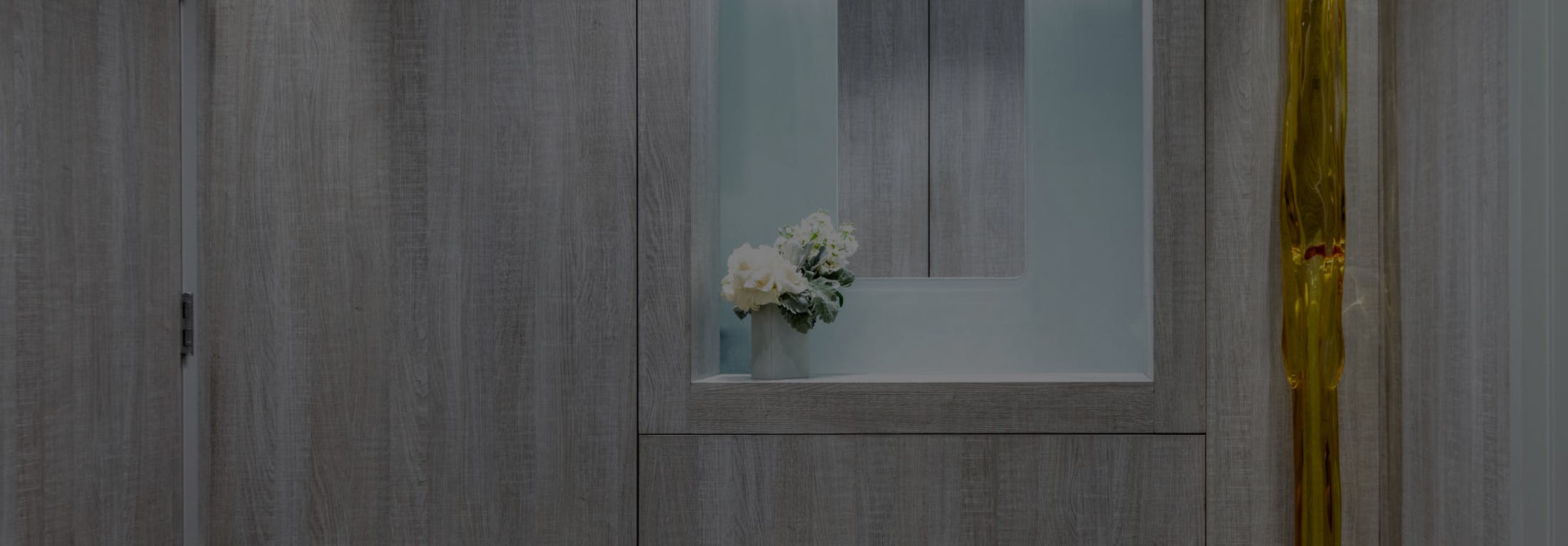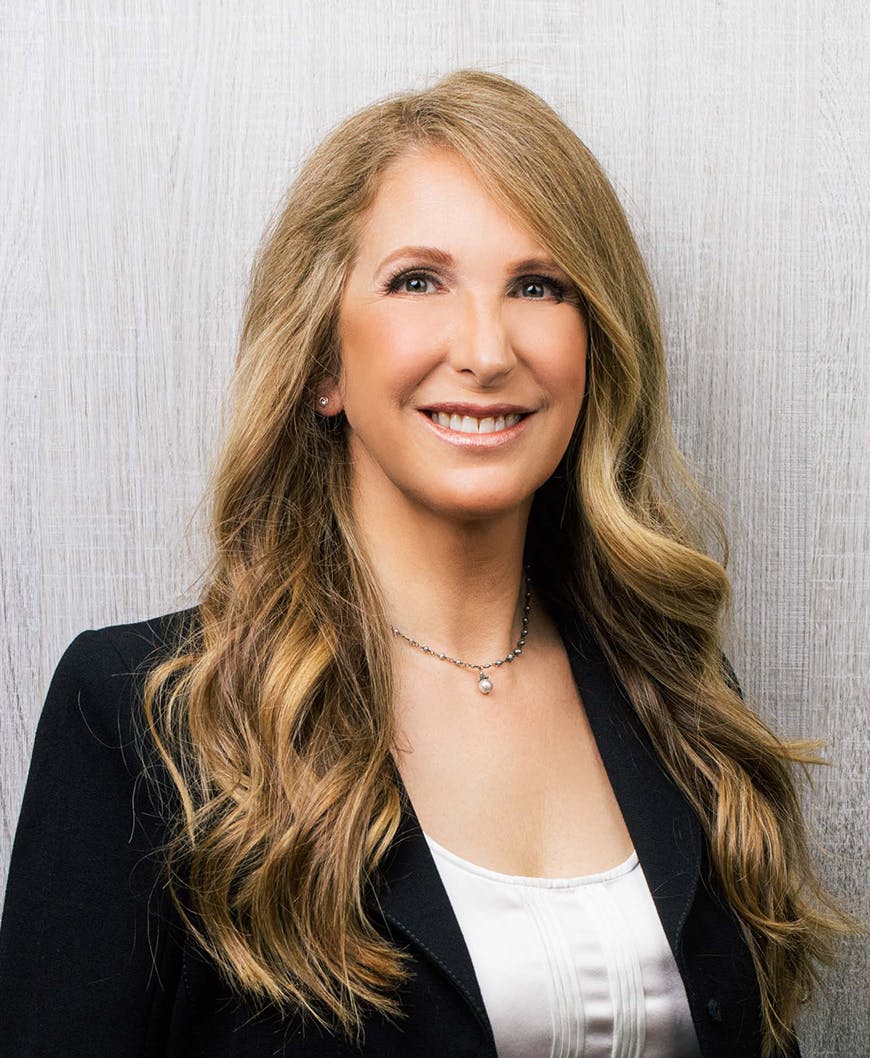Hair loss is a condition that affects many men and women and can impact confidence. Fortunately, we offer many types of hair loss treatment in Santa Monica and NYC at Grossman Dermatology to help begin healthy new hair growth.
When is the best time to begin hair loss treatment?
In general, at Grossman Dermatology in Santa Monica, hair loss treatment starting soon after hair loss has begun will get the best results. For men, beginning hair loss treatment as soon as hair loss is noticed is ideal. For women, the best time is when they enter menopause.
Can I use hair loss treatments while I’m pregnant?
The only medications and treatments that can be used while pregnant, trying to get to get pregnant, or breastfeeding are prenatal vitamins, B-vitamins/biotin, low lever-laser light (LLLT) therapy caps, and PRP treatments.














